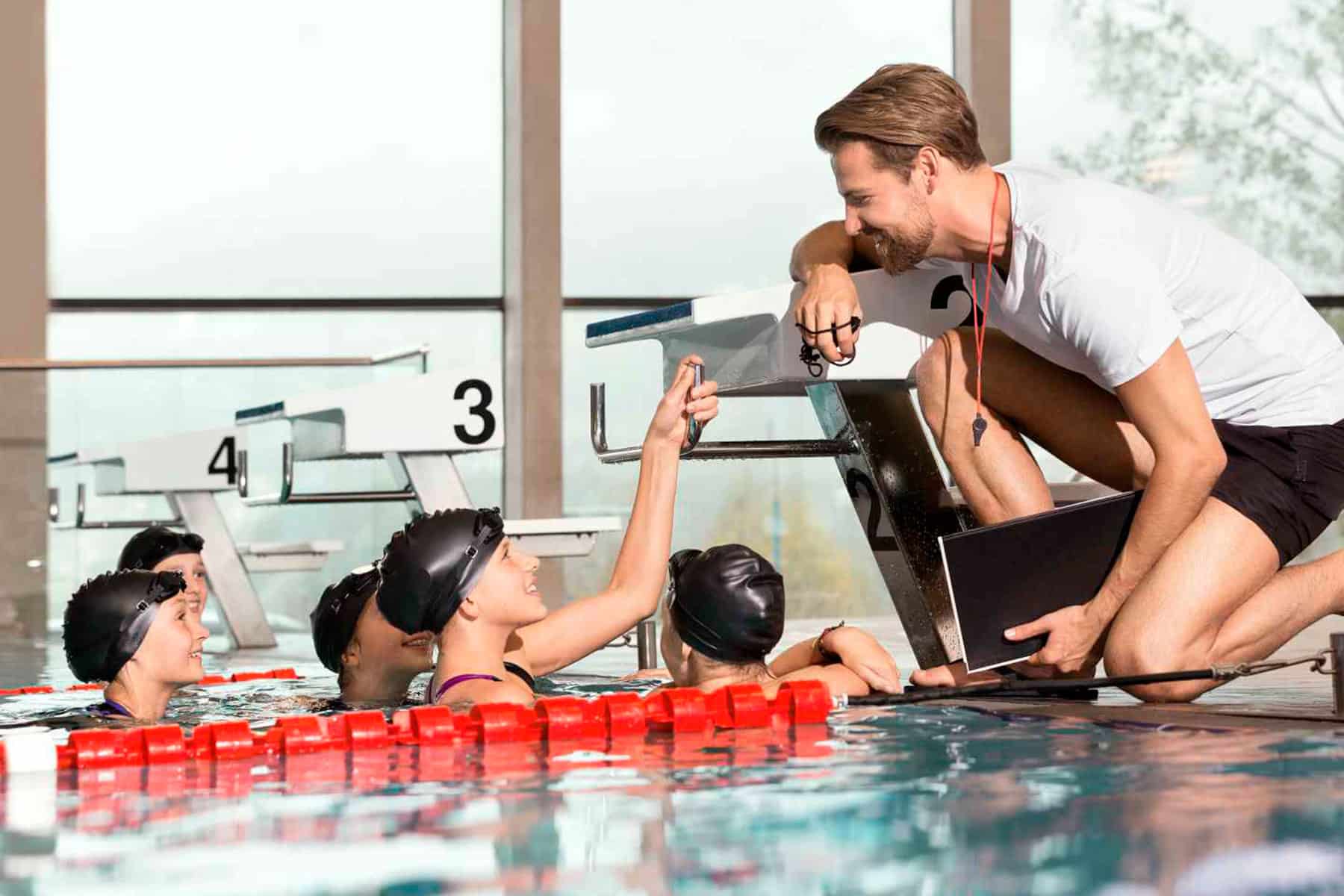MED-EL
Published Feb 19, 2016
Go Swimming With the MED-EL WaterWear

It’s a great time for cochlear implant recipients to go swimming!
WaterWear is the thin, reuseable skin that lets you hear while you’re swimming. Below we’ve got the information about how to use WaterWear, as well as some extra tips for anyone who is taking swimming lessons and wants to hear with WaterWear.
Using WaterWear
Putting on WaterWear
Here’s how to use WaterWear with a SONNET or OPUS 2, or RONDO, audio processor:
You can also find similar information, including the technical Instructions for Use, in the package your WaterWear came in.
Swimming with WaterWear
After your processor is safely inside, you can go swimming just like that. However, to make sure that your processor stays securely on your head there are things we recommend:
- With RONDO, the Sports Headband is a great accessory because it keeps the processor over the implant and has a minimum impact on sound quality. And, you can also use the Sports Headband when playing sports out of the water.
- With SONNET or OPUS 2, we would recommend using a swim cap. Tucking the processor under a swim cap can keep the coil securely over the implant and the processor over the ear.
- All WaterWears have an additional built-in circular loop, which can be used with an attachment clip for extra fixation as shown in these images:
[mk_image image_width=”800″ image_height=”350″ crop=”true” svg=”false” lightbox=”false” frame_style=”simple” target=”_self” caption_location=”inside-image” align=”left” margin_bottom=”10″ src=”https://blog.medel.com/wp-content/uploads/2016/02/waterwear-sonnet-attachment-clip.jpg” group=”_general”]
[mk_image image_width=”800″ image_height=”350″ crop=”true” svg=”false” lightbox=”false” frame_style=”simple” target=”_self” caption_location=”inside-image” align=”left” margin_bottom=”10″ src=”https://blog.medel.com/wp-content/uploads/2016/02/waterwear-rondo-attachment-clip.jpg” group=”_general”]
Because WaterWear is airtight you’ll need to use batteries that work without air: that means rechargeable 675 batteries, alkaline, silver-oxide, or DaCapos if you have an OPUS 2.
You can learn about availability, and how to order WaterWear, by contacting your local MED-EL representative.
Swimming Lessons with WaterWear
If you or your child are taking swimming lessons, here are some extra tips that can help you get the most out of it.
Let the Instructor Know
It’s important that the instructor knows about your or your child’s hearing. Here’s how you can do that:
- Explain that you or your child has a hearing loss and that you or they hear with a cochlear implant.
- Let them know about specific styles of communication that work best.
- Ask the instructor what key words for instruction and safety they will use.
- Ask the instructor if it’s possible to have a consistent routine for each activity, because this can help you or your child know what to expect next in the lesson.
During Lessons
Just like preferential seating in the classroom can help someone with hearing loss, it can also help during activities like swimming lessons.
- Ask the instructor to, when possible, be close to you or your child so it’s easy to hear the instructor.
- When in group formations, ask to have you or your child positioned behind other competent swimmers to see what they’re doing.
- When swimming in lanes, ask to have you or your child on a lane near the side of the pool to more easily hear anyone walking alongside.
Teach in Advance
Just a little bit of preparation can make it lots easier to have a good time in lessons.
- Go to the pool and watch a swimming lesson first, so that you or your child have context for each part in the lesson.
- Brush up on vocabulary that might be used during the lesson. This could include the specific words from the instructor, as well as other common swimming-related words and phrases like:
- Front crawl
- Back crawl
- Breaststroke
- Backstroke
- Dive
- pool
- goggles
- water
- kick
- blow
- float
- “sit on the edge”
- “blow bubbles”
- “turn your head”
- Look at pictures or videos of the different swimming motions and strokes, and read about the specific movements that are needed for each one.
Curious about what others are saying about WaterWear? Check out these stories:
- Mary Stogiou goes swimming with her WaterWear for RONDO
- Immy has started swimming lessons since getting her WaterWear for SONNET
Subscribe to the MED-El blog to get more useful information and tips and tricks, twice a week!
Availability and approval of WaterWear varies by country. WaterWear may not be available in your area. For complete information, please contact your local MED-EL representative.
MED-EL
Was this article helpful?
Thanks for your feedback.
Sign up for newsletter below for more.
Thanks for your feedback.
Please leave your message below.
Thanks for your message. We will reply as soon as possible.
Send us a message
Field is required
John Doe
Field is required
name@mail.com
Field is required
What do you think?
© MED-EL Medical Electronics. All rights reserved. The content on this website is for general informational purposes only and should not be taken as medical advice. Contact your doctor or hearing specialist to learn what type of hearing solution suits your specific needs. Not all products, features, or indications are approved in all countries.
MED-EL


